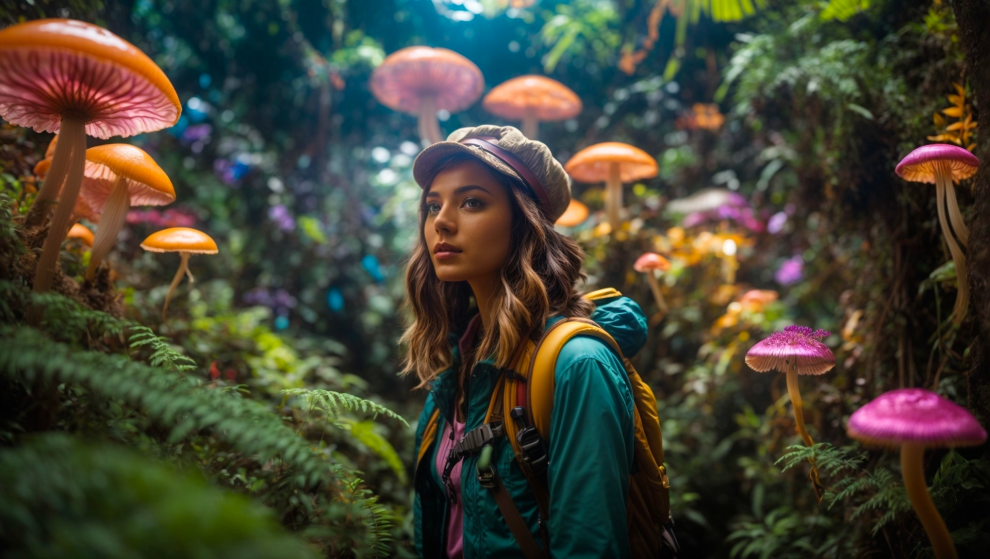Situated in Sydney, Australia, Leonardo. AArtificial intelligence is one of the most recent startups in generative artificial intelligence that has successfully attracted capital. Today, the artificial intelligence art production platform that caters to both business customers and individual consumers stated that Blackbird, Side Stage Ventures, Smash Capital, TIRTA Ventures, Gaorong Capital, and Samsung Next were among the investors that contributed to the USD 31 million round. Samsung Next was also one of the investors.
In December of the previous year, the proprietors of Leonardo.AI announced that the platform had reached seven million members, who had created more than 700 million images together. The founders of the platform reported this. The company recently made the business edition available, which allows hosting on a private cloud and includes tools for collaboration. Beginning with the production application programming interface (API), corporate users can develop their technical infrastructure on top of Leonard.Ai’s platform by utilizing the application programming interfaces (APIs) they can access.
Leonardo was developed to appeal to those employed in creative fields such as gaming, advertising, fashion, and architecture as the intended audience. The use of artificial intelligence enables users to modify and develop a large number of assets in the same style, which enables them to be reused. In addition, they can develop and train their models according to the requirements of photo recognition.
Some examples of use cases are storyboards for individuals working in the video production sector and prototypes of characters used in video games. With the introduction of Google Deep Dream, J.J. Fiasson, the firm’s Chief Executive Officer and co-founder, initially became interested in generative artificial intelligence (AI). At his most recent company, Raini Studios, a game studio, he continued his research into generative artificial intelligence.
We started considering the prospect of applying generative artificial intelligence in the content production framework, the first area where we started investigating the possibilities. In the year 2021, it was still early. I stumbled into that network and met a few dedicated AI researchers, now the firm’s co-founders,” he says to TechCrunch. “Despite this, we went down the rabbit hole and played with many of the open-source generative artificial intelligence tools now available.”
The One Leonardo AI team finally broadened the platform to support a wider variety of scenarios, even though their initial intention was to focus on generating game component content. As Fiasson pointed out, “There are a lot of different vertical use cases of the platform, and we’ve built it in a way that supports multiple use cases, and we expect to continue building it in a way that supports multiple use cases.” One of the components of our strategy for moving ahead into the future is to increase the number of business-to-business (B2B) components our platform offers.
Open-source software and hardware were utilized in the construction of Leonardo. After that, artificial intelligence (AI) was taught using synthetic data and data taken from Creative Commons. Specifically, the degree of power users have over their creations sets Leonardo apart; according to Fiasson.AI, it must differentiate itself from other generative artificial intelligence art platforms, such as Adobe Firefly, BlueWillow, and Midjourney. The Live Canvas tool, for example, allows users to enter a text prompt and immediately draw out what they see the finished output to look like. Leonardo, for the entirety of the user’s drawing. Artificial intelligence creates a photorealistic image in real-time, considering both the text and the drawing suggestions.
According to Fiasson, “I believe that control is synonymous with utility,” and he continues. The only thing you are doing when you don’t have as much control is producing appealing images, which is why we consider it fundamental.
Here is Leonardo. Ai will be able to recruit new members of its sales and marketing team owing to the increased money it has received, allowing it to begin expanding its business solution. In addition to this, it plans to grow its engineering personnel at the same time.
Eric Goldberg, an animator and director, said to Reuters at a press preview of the exhibition on Thursday that “the majority of people’s first cinematic experience is typically a Disney movie, and that connects us all in, in a huge, huge way.”
“These characters can remain true and universal for decades,” said Goldberg, who worked on several Disney characters, starting with the Genie in the

